Imagine a block of material with a uniform density to it. Something like this:

The material also has, let's say, a uniform "resistivity" to it.
Now, suppose we cover the entire face pointed at by the arrow, and the face opposite to it that we cannot see, by plating them with silver (which is very conductive.) We then measure the resistance between these two silvered faces on opposite ends using an ohmmeter. There will be some value for that in Ohms.
Now, let's consider three modifications:
- Suppose we doubled the length. Here, since the silvered faces touched by the ohmmeter have the same area as before, but are further apart, we should expect that the resistance we'd measure between the opposite X faces would double.
- Suppose we doubled the height. Here, since the silvered faces touched by the ohmmeter have doubled in area but are the same distance apart as before, we should expect that the resistance we'd measure between the opposite X faces would be cut in half.
- Suppose we doubled the width. Here, since the silvered faces touched by the ohmmeter have doubled in area and are the same distance apart as before, we should again expect that the resistance we'd measure between the opposite X faces would be cut in half.
So, we postulate the following about the resistance we'd measure:
- \$R\propto \text{Length}\$
- \$R\propto \frac1{\text{Width}}\$
- \$R\propto \frac1{\text{Height}}\$
- \$\therefore R\propto \frac{\text{Length}}{\text{Width}\:\cdot\:\text{Height}}\$
Now, if we call the length, \$L\$, the width, \$W\$, and the height, \$H\$, and introduce a constant of proportionality, we can say:
$$R=\rho \cdot \frac{L}{W\cdot H}$$
Let's now express the above only looking at the SI dimensions:
$$\begin{align*}\Omega=\rho \cdot \frac{\text{m}}{\text{m}^2}, &&\therefore \rho=\Omega\cdot\frac{\text{m}^2}{\text{m}}=\Omega\cdot\text{m}\end{align*}$$
Just simple dimensional analysis.
